Visitor’s Guide To Dabhoi Fort With All The Important Details For 2026 Tour
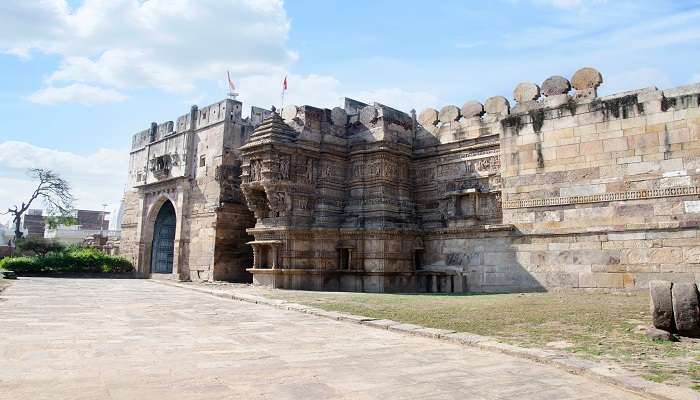
Dabhoi Fort occupies a region in Gujarat, and being a part of India, the structure represents the greatness of Indian architecture.Dabhoi Fort is a historical symbol in Gujarat with many stories, as every stone used in the fort has a story behind it. Read on to learn about the Fort map, Dabhoi Fort opening time, and other information about the Fort that will help plan a visit.
Dabhoi Fort: The Marvel Of Gujarat
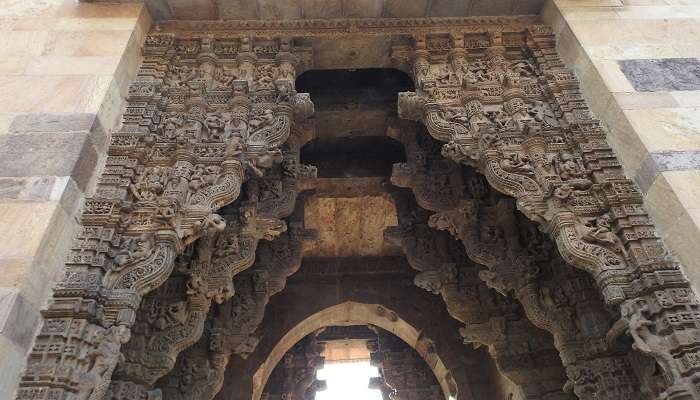
Dabhoi Fort is a perfect example of the marvellous art of Indian fortified structures. Constructed during the Solanki regime, this fort is an archaeologically essential and famous tourist spot for history lovers. In this report, we understand the Durbar timing of the Fort, the fees for visiting the Dabhoi Fort, and the available and essential attractions.
Must Read: Things To Do In Ahmedabad
Discovering Dabhoi Fort: A Historical View
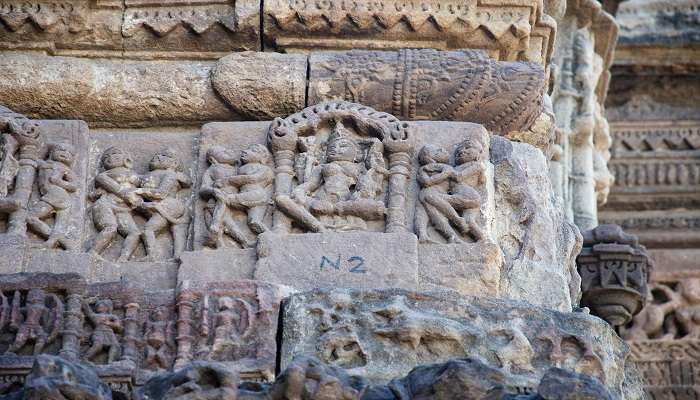
Like the outer structure, the history of the Dabhoi Fort is as fascinating as its construction. This one was built in the 12th century by the Solanki rulers and was initially called Darbhavati. Due to its strategic location and solid architecture, the fort was one of the most essential defence facilities during different historical battles. They display solanki work and have strongly built unaffected gates despite the times.
Dabhoi Fort: The Royal Architectural Marvel
Dabhoi Fort is renowned for its four massive gates: the Hira Gate, Vadodara Gate, Champaner Gate, and Nand Gate. Every gate is decorated with carvings and inscriptions showing proper mythology and typical lifestyles during the Solanki regnum.
Cultural Relevance of Dabhoi Fort
Historically and culturally, the Fort is a significant place in Gujarat and the country, other than from an architectural point of view. It has been involved in various historical incidents and actively participates in regional security strategies.
Location
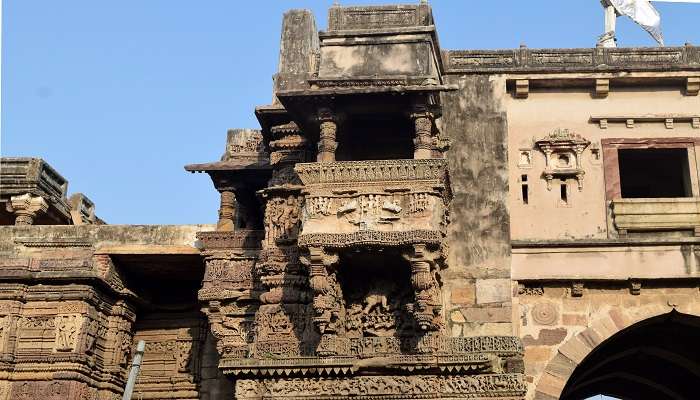
This placement makes Dabhoi Fort an essential and famed tourist spot. It is nestled in the Vadodara district of Gujarat and lies about thirty kilometres from the city of Vadodara. Transportation to the fort is relatively easy, as it is easily accessible by roads, buses, taxis, and personally owned cars.
Suggested Read: Places To Visit In Gujarat
Visiting Hours And Entry Fees
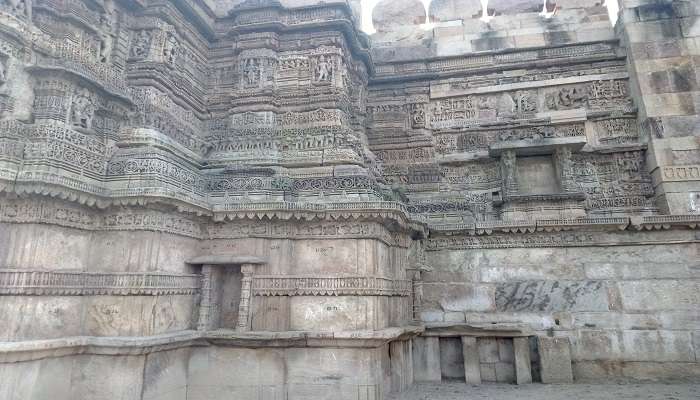
Knowing when it is open for visitors goes a long way in determining the Fort timings. Visiting the fort is allowed every day of the week. The visiting hours are from 6:00 a.m. to 6:00 p.m., which will still be enough for an extensive tour of the fort and nearby areas. Some of them include the fact that one should consider going early in the morning to avoid midday heat and high traffic.
Dabhoi Fort charges a minimal amount of money to be paid as an entrance fee and is thus friendly to all. For Indian visitors, the charge is INR 20 per head, while for foreigners, it is INR 50 per head. Also affected by the discount are children under 12, who will get free entry. Admission to the fort is reasonably priced, and given the options of a mixture of historical and cultural attractions, the time spent at the fort promises to be a cheap educational experience.
Key Attractions Inside Dabhoi Fort
The Dabhoi Gate has four different areas, which often act as this region’s primary attraction source. These include:
1. Hira Gate: The Jewel Of Dabhoi Fort
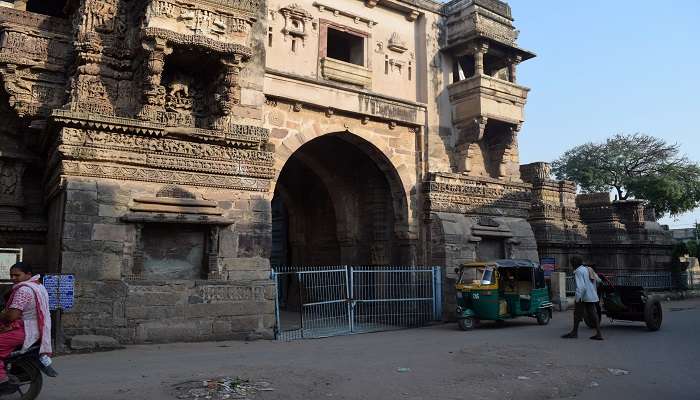
The best-known portion of the Fort of Dabhoi is the Hira Gate. This gate is famous explicitly for its carving and architecture, which is deeply marvelled at. Designed and built for Kailash, the Hira is, interestingly, one of the most ornate gate structures made by the Solankis.
Tip: The works of art include scenes from the Indian epics and day-to-day life as reflected in the Hindu tradition.
Suggested Read: Trekking Near Ahmedabad
2. Vadodara Gate: An Integration Of Power And Beauty
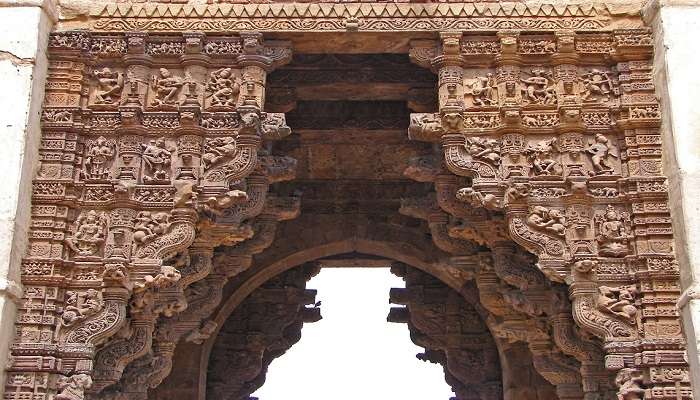
Yet another entrance, known as Vadodara Gate, is present inside the structure of the Fort. During the active army use of the fort, it was the primary gateway, and it remains an essential architectural feature within the fort today.
Tip: Due to the strength and work of art decorated on the gate, it is a point of focused interest within the fort.
3. Champaner Gate: A Historical Landmark
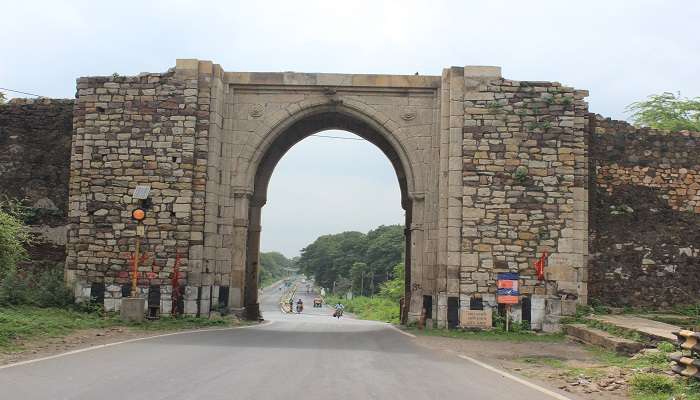
Out of all the structures in Dabhoi Fort, Champaner Gate is one of the most uniquely recognized doors. Thus, with consideration as both a defence mechanism and an emblem of the antiquity of this fortification, this gate is considered notable. The beautiful carving work of the gate and its solidity express the Solanki period’s incredible architecture.
Tip: Tourists can take their time to appreciate and study the intricate artwork on this gate, picturing past events at it.
Suggested Read: Devaliya Park Safari
4. Nandodi Gate: Gate To The Past
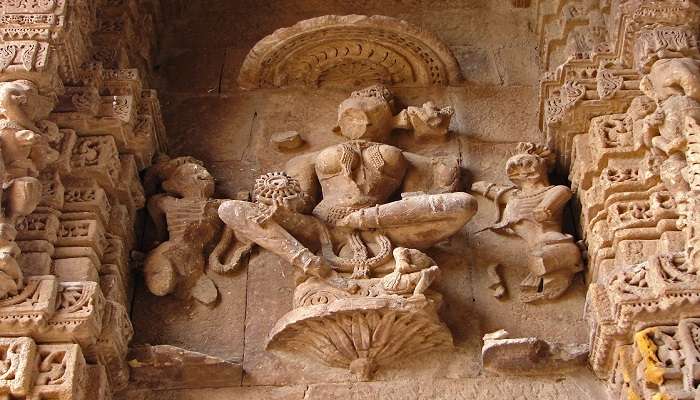
Nandodi Gate is also a crucial site of the Dabhoi Fort. Like earlier, this gate has depictions of carvings and scripture on its walls that tell more about the fort’s history. The desired qualitative characteristics of the building, such as the construction quality and artistic elements on the gate, are still well manifested within the fort and serve as the significant boosts that make that specific gate a major attraction within the site.
Tip: The gate can be accessed and has historical and cultural value that is interesting to visitors.
How To Reach
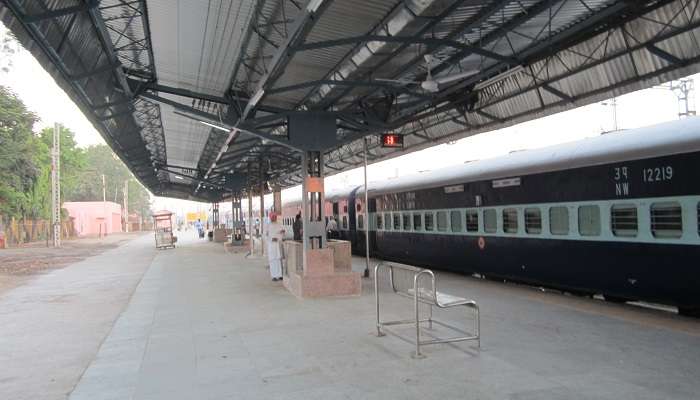
Accessibility to Dabhoi Fort is not a problem owing to its closeness to important cities and effective communication networks. The preferred mode of transport is railways, while the nearest airport is in Vadodara, where there are frequent flights from most of India’s major cities. One can take a taxi or public transportation from the airport to reach the fort.
Further Read: Places To Visit In Veraval
The context of Dabhoi Fort helps with location choice to accommodate more visitors, while the History of the Fort elaborates on this important site’s historical and cultural importance. It is essential to know the Fort timings for visitors and the entrance fee to ensure that the visit is as easy and hassle-free as possible. Step back in time and travel to explore the beauty of the Dabhoi Fort with its marvellous euphony of Gujarat’s rich cultural heritage. Book your trip to Gujarat today and unravel the secrets of this iconic heritage site.
For our editorial codes of conduct and copyright disclaimer, please click here.
Cover Image Source: Shutterstock
Frequently Asked Questions About Dabhoi Fort
What is the best time to visit Dabhoi Fort?
Dabhoi Fort is best visited during the winter season, which spans from October to March. The temperatures are comfortable for touring.
In which state is Dabhoi Fort situated?
Dabhoi Fort is in the Vadodara district of Gujarat state, about 18 miles (29 kilometres) away from Vadodara city.
What are the fees charged at the entrance gate of Dabhoi Fort?
Dabhoi Fort charges 20 INR per head for Indian visitors and 50 INR for foreign visitors. It also meant that children under twelve would be allowed free entry.
What are the historical backgrounds of Dabhoi Fort?
Located at Dabhoi, the Dabhoi Fort was constructed at the beginning of the 12th century during the Solanki rule of the region. The fort played a significant role in defending this area, and its architectural style and techniques reflect the high standards of this age.
What are the timings of Dabhoi Fort?
Dabhoi Fort is open to visitors every day from 9:00 a.m. to 6 p.m. So, you can plan your trip during this time to know this place's historical significance and architecture.
People Also Read:
Red Fort Mehrangarh Fort Kalinjar Fort

Unveil the hidden treasures of the globe and turn every travel dream into reality. As a Content Writer, I am passionate enough to craft stories from ancient wonders to modern marvels. My words paint the picture-perfect itinerary for unforgettable experiences. Let my words be your trusted guide to immerse in the diverse culture and discover the beauty of the unknown.











